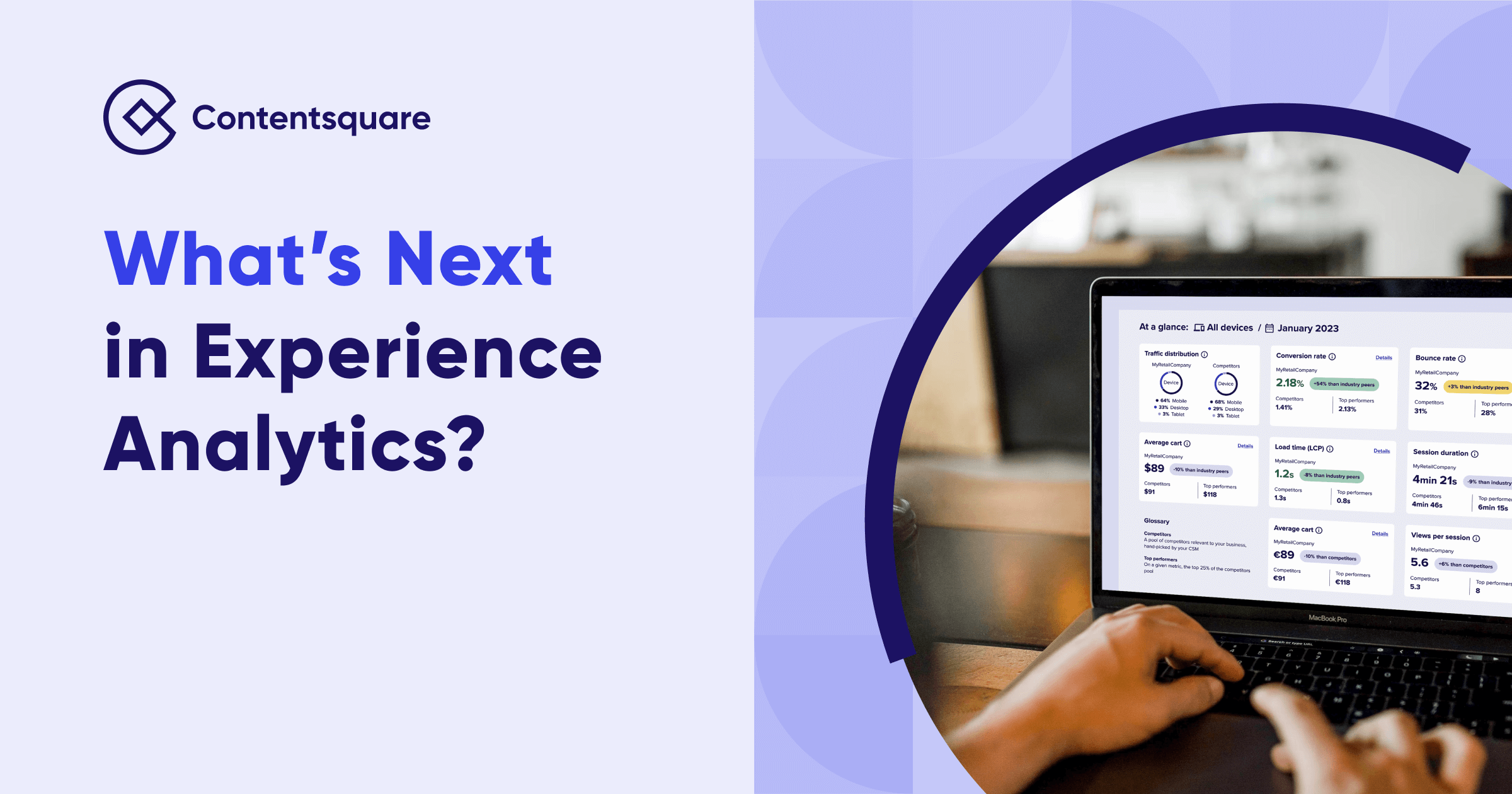
Get a demo
Request a personalized demo with a digital experience expert!

In this blog, we’ll provide an overview of what it is, why it’s important and how shared data analytics can benefit both retailers and product brands.
Get a demo Request a personalized demo with a digital experience expert!
Retail media is advertising space within a retailer’s website or app, usually sold directly to brands or partners within the retailer’s network. It can include onsite advertising, such as paid search, sponsored products, and video ads—as well as offsite advertising, such as display banners, social media ads and TV ads.
The market is growing—and it’s growing fast. Retail media spending has doubled in the last two years from $20.8 billions in 2020 to $40.8 billion in 2022—and it’s showing no signs of slowing down. The market in the US is expected to reach $85.0 billion by 2026, representing 25% of the total digital media spend.
It allows retailers to transform their first-party data into a new source of revenue while building loyalty and providing a better, more relevant shopping experience for customers.
At the same time, it allows brands to differentiate themselves from their competitors, better track campaign sales attribution, and improve their return on advertising spend.
Data is essential for measuring the effectiveness of marketing campaigns.
But most retailers don’t have the tools or tech to share data on customer behavior and preferences with brands—creating a massive gap between what brands want to know about customers and the data retailers can actually provide.
So, what if brands and retailers could base their retail media strategy and decisions on shared data insights?
Digital Experience Analytics (DXA) provides retailers and brands with unique metrics, visualizations and recommendations on customer behavior to improve product performance.
This kind of real-time analytics offers retailers, brands and their customers a wealth of benefits—from optimized campaigns and increased sales to better customer engagement.
Here’s a quick overview of the advantages of DXA:
Benefits for retailers:
Benefits for brands:
Benefits for end customers
Retail media is quickly emerging as a powerful lever for retailers and brands. But the quality of the shared data between retailers and brands remains insufficient.
That’s exactly why DXA is crucial for retailers looking to grow and level up their retail media network this year. So, if you want to know more about how DXA can help you, book your personalized demo of Contentsquare’s CS Retail Media platform today.

